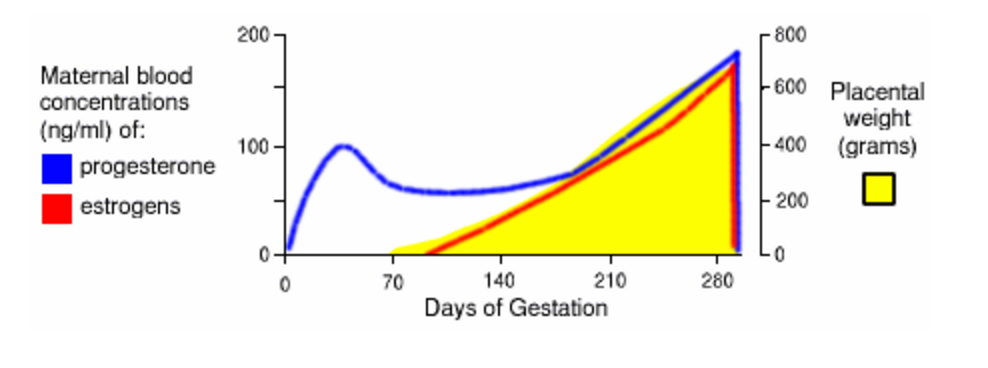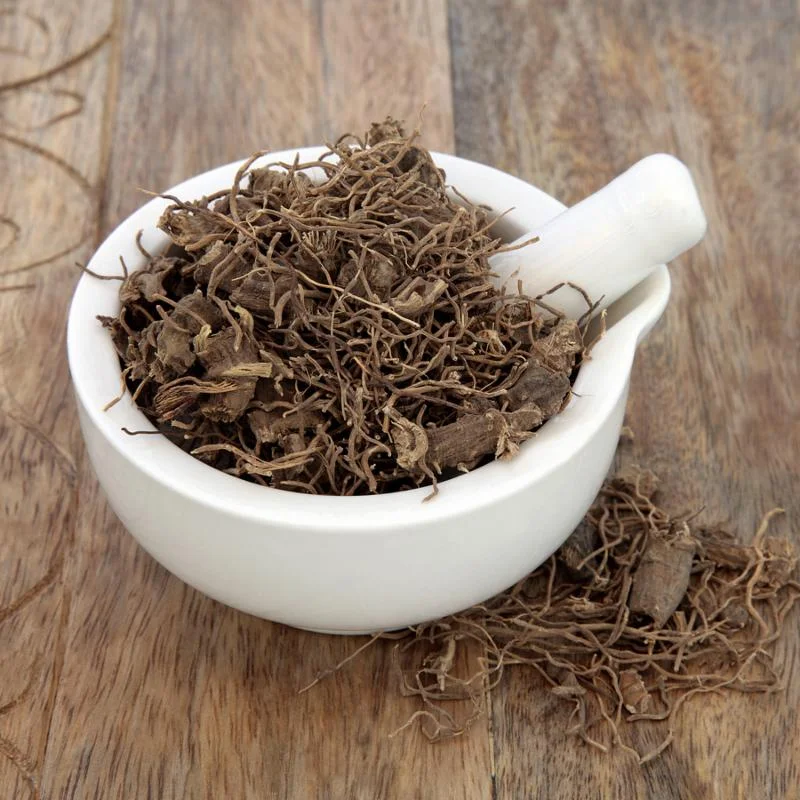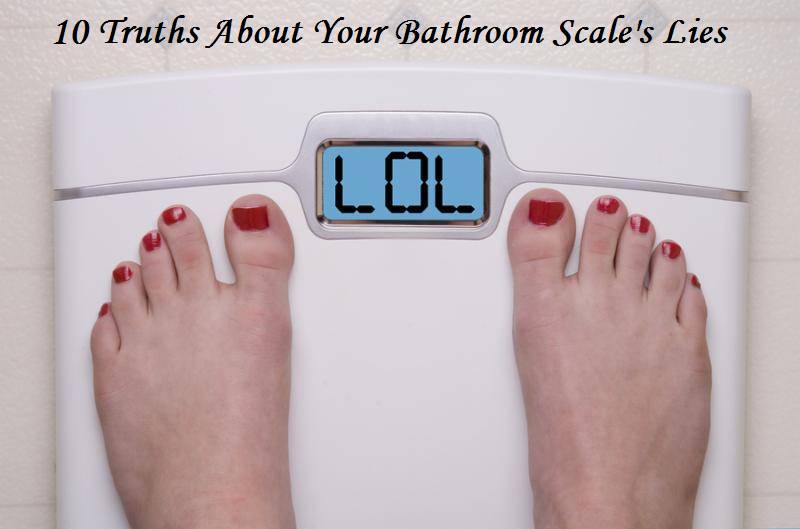This article is suitable for: Perfect Periods, Fertility, Post-Partum and Perimenopause
Wondering what the heck is happening with your hormones?!?
I am creating a new online quiz, and as I compiled the reasons behind various conditions- PMS, infertility, postpartum depression, disruptive menopause- one reason was dominating the answer field: low progesterone.
I don’t know why the sheer dominance of the pattern just hit me now after years of research! Hopefully I can save YOU a few more years of hormonal confusion with this article. This article is suitable for women in any stage of life!
What is Progesterone?
Progesterone is a hormone made primarily in the ovaries by the corpus luteum (the tissue left behind after you release an egg at ovulation). It is also made by the adrenal glands, and if you are peri-menopausal or menopausal with infrequent or no ovulation, then you really rely on the adrenals as a source of progesterone.
Progesterone has various functions in the body:
After your ovulate, it helps ‘ripen’ your uterine lining, preparing for a possible pregnancy
Raises your basal body temperature in the second half of the cycle
Serves a precursor hormone to cortisol, your energy/stress hormone made by the adrenal glands
Lifts you mood and calms your body
Benefits sleep
Prevents water retention
Helps the cells utilize fats
Helps maintain blood sugar levels
You can surmise by the list above that if you are low in progesterone, you may have some of the opposite effects- bloated, moody, can’t sleep, craving sugar, gaining weight, and periods are irregular or heavy.
How Does Low Progesterone Happen?
Low progesterone can occur for many reasons that are very common in modern life, which is likely why I am seeing this pattern so frequently with my clients.
1. Estrogen Dominance
Estrogen dominance is both a cause and a result of low progesterone.
It’s a cause because you can get too high in estrogen due to carrying excess body weight, and your fat tissue produces estrogen. Even if you are thin, you can put yourself into excess estrogen if you have high blood sugar and insulin resistance. Insulin resistance is a state in which your cells block insulin from getting inside because your blood sugar is too frequently too high.
Symptoms of blood sugar dys-regulation include: feeling hungry all the time, getting very irritable if you miss a meal (or a snack), fatigue, weight gain around the middle, acne.
The most common hormonal disorder amongst women of reproductive age is PCOS, or polycystic ovarian syndrome. In this condition, there is insulin resistance, high androgen production, and disordered function of the ovaries. This often leads to missing or infrequent ovulation. As you learned already, most of our progesterone is made after you ovulate, so you don't ovulate, then you won't make much progesterone, and you'll be in estrogen dominance.
Another major disruptor are xenoestrogens, which are synthetic compounds that activate estrogen receptors in the body.
Some key sources of xenoestrogens are:
Commercially-raised meat and dairy products
Medications, including birth control pills
Non-organic foods (with traces of pesticide)
Soft plastics
Shampoos, body lotions and perfumes (contain xenoestogenic compounds unless all natural)
Tap water
Food additives
Bleached tampons and sanitary pads
You can see that it’s easy to get exposed to a lot of xenoestrogens in day! The xenoestrogens in your body confuse the feedback loop between your brain and your ovaries. If your liver is overloaded, you won’t break down these xenoestrogens well, and they can get stored up in fat tissue (hello, belly fat) for you body to handle later.
Here’s an article by the Environmental Working Group if you’d like to deepen your research on this topic.
Even if you don't have excess estrogen, if progesterone is low, you can still end up in estrogen dominance.
Estrogen and progesterone play a seesaw game over the course of a month, and over the course of your life as a woman. Estrogen is needed to stimulate your ovaries and grow your uterine lining in the first part of your cycle. This strong first half leads to strong progesterone in the second half, unless something goes wrong. The following points can all be causes of low progesterone.
2. Poor Nutrition
With the busyness of modern life, it’s easy to choose processed foods, caffeinated drinks and sugary pick-me-ups. Living in a grind, without time to reflect and connect, can also draw us towards ‘comfort food,’ or that after-work glass of wine.
Besides these easy-to-make poor choices of modern life, even organic food is not as nutritious as it used to be, due to decreased soil quality. And let’s face it, we don’t alway eat organic, whether it’s because we don't have access, we can’t afford it or we’re eating out.
The last point I’ll mention here is weak digestion. When we’re stressed, have taken antibiotics, don’t chew our food, etc., we aren’t getting the most out of the food we eat.
How does this contribute to low progesterone? We need certain ingredients to make and utilize hormones. You need enough B6 and cholesterol for progesterone production, but there is more to it than that. All our micronutrients (vitamins and minerals) and macronutrients (protein, fat and carbohydrates) are needed for the proper functioning of our coordinated hormonal system.
3. Stress
You are a highly productive woman, but you are likely under chronic stress. (If not, congratulations!) Stress can come from so many places: your commute, the chemicals in your environment, a tense relationship, an undiagnosed dental infection, etc. Chronic stress makes your adrenal glands react with a high level of cortisol…at least at first. In this stage you may feel wired, not be able to sleep, not be able to focus on sex, feel anxious, etc.
As you learned earlier, progesterone is a precursor to cortisol. So if you are making lots of cortisol, is it fair to assume that your progesterone level is being affected? Yup.
Image courtsey of Functional Diagnostic Nutrition (TM)
Have a look at the chart to the right. Not only will you burn through progesterone to make cortisol, your body will start to favor that pathway at the expense of your other sex hormones: testosterone and estrogen (pictured at lower right).
Remember how you learned earlier that progesterone is made mainly by the corpus luteum? There is another hormone that is needed to get you to a nice, strong ovulation: estrogen. Estrogen is made by the ovaries, upon signaling by your brain, to stimulate your ovarian follicles and mature a healthy egg in the first half of your menstrual cycle.
This is why we can’t overly focus on the low progesterone aspect. We have to look ‘upstream’ at what other hormones are being affected and what’s really behind our imbalances.
Low cortisol can be related to some other symptoms like catching colds and flus frequently, getting dizzy easily, or feeling overwhelmed easily.
4. Perimenopause
Perimenopause is the ten year period before menopause during which your ovarian function is declining. For some women, they are still getting a period pretty regularly and feeling pretty good. For others, this ten year period can be tumultuous. After learning about stress and nutrition above, I’m sure you could guess these things could play in to a rockier perimenopause.
But this declining ovarian function is natural. As your egg quality declines with age (even if you’re enjoying low stress and good nutrition) you could still fail to ovulate, or ovulate a ‘weak’ egg, and its corpus luteum may not produce as much progesterone.
As you learned earlier, the adrenals can pick up some slack…as long as they aren’t depleted from years of stress and malnutrition!
There is another change that is occurring too, especially as you get close to menopause: the main type of estrogen you use is changing form estradiol to estrone, and this a big switch for your body. You have different receptors for estradiol versus for estrone, so there can be some ‘wobbles,’ such as memory lapses or hot flashes as you go through this process. You can also have what feels like constant PMS, and that’s no good! Be sure to read our ‘what to do to support progesterone’ section at the end of this article.
5. Postpartum
What’s another time that you are not ovulating for natural reasons? Pregnancy and postpartum! While you are pregnant you are on a hormonal high, with corpus luteum and then the placenta producing producing very high amounts of estrogen and progesterone, up to 30-50 times higher than your non-pregnant level!
But after childbirth, your hormones levels drop like a bad habit. This can produce some of the same reactions as in perimenopause, like night sweats and depression.
As you breastfeed, you are high in the hormone prolactin, and that inhibits ovulation. As you are learning no ovulation leads to low progesterone. Again, your adrenal glands can pick up the slack, but if you came into pregnancy with moodiness and poor stress-handling, you likely will end up there again after childbirth. Be sure to read through for our 'fixes' at the end!
6. Low Thyroid Function
Lastly, let’s learn about low thyroid function. If you have an under-functioning thyroid, whether due to Hashimoto’s thyroiditis or another reason, it can affect your progesterone. This happens in two ways:
When you have low thyroid function, you have decreased sex-hormone binding globulin (that’s a mouthful) which binds up sex hormones like estrogen, possibly letting estrogen levels get too high compared to progesterone.
Because thyroid hormone stimulates activity in every area of the body, when thyroid hormone is low, your production of sex hormones will be low.
It’s estimated that up to 15% of Americans have thyroid disease, if you include subclinical hyptothyroidism. Up to 10% of women will experience post-partum thyroiditis. Women are 5-10% more likely to have thyroid disease than men, and the age group over 50 is most at risk. (Source: Your Healthy Pregnancy with Thyroid Disease by Dana Trentini and Mary Shomon,.
How are we getting to this heightened incidence of hypothyroidism? Again, the factors of modern life are the perfect storm for it: high stress, toxins everywhere, an ‘altered’ food supply.
Autoimmune Hashimoto’s Thyroiditis is the leading cause of hypothyroidism. The gut, as we discussed in the Poor Nutrition section and will discuss again in the closing section, is a key area of focus in healing Hashimoto’s. When peptides (parts of the protein in foods) cross the gut barrier into the blood stream it stresses the system and the immune system responds by going after those peptides that shouldn’t be there. But the trouble is that this dysregulated immune system will also attack the body’s own tissue, in this case the thyroid gland.
The most touted symptoms of low thyroid are foggy thinking, cold limbs, fatigue, hair loss, constipation and weight gain. But I fight with hypothyroidism and I am skinny and tend more towards loose stool, and luckily still have all my hair! There are many manifestations of hypothyroidism, so it’s worth taking a deeper look if you suspect you may have hypothyroidism. A great place to start looking is the website of Dr. Izabella Wentz, aka the Thyroid Pharmacist.
What to Do to Support Progesterone Production:
Herbs and Supplements:
Maca- Maca is an adaptogenic herb, meaning it can adapt to find and serve the needs of your body. It can increase your energy by supporting your adrenal glands. My friend Dr. Anna Cabeca, who developed a green drink mix called Mighty Maca, says that in a before and after lab test, her client’s DHEA doubled using Might Maca. DHEA is a precursor to our sex hormones estrogen and testosterone, so that’s great news! Testosterone, by the way, is the dominant sex hormone in men, but women do need and want it for sex drive, muscle tone and confidence, among other things.
Vitamin C- The ‘simple’ vitamin C is greatly needed by your adrenal glands. So boosting your supply of this vitamin helps your adrenal glands make more hormones. Food sources include fresh broccoli (not so much week old broccoli), peppers and lemons. As a supplement, look for alma powder or a vitamin C with bioflavonoids. It’s also in the Might Maca powder mentioned above. You can take quite a bit; I’d suggest 1,000 - 3,000 mg/day. Check with your doctor if you have any special medical conditions.
Vitex- Vitex, or Chaste Tree Berry, has a special ability to support your brain’s communication with your ovaries. This can really support a strong ovulation and a resulting high progesterone level in the second part of your cycle.
Foods:
Avoid processed foods, gluten, dairy, sugar, caffeine and alcohol. According to Dr. Tom O’Bryan, author of the Autoimmune Fix, gluten, sugar and dairy are the three biggest triggers of autoimmunity and inflammation. Learn more in my podcast interview of Dr. Tom.
Fill your day with thing like hot lemon water and smoothies in the morning (I like to pair my smoothie with bacon or sausage), generous salad with nuts and beans at lunch, and fish or meat and veggies in a fat-rich sauce at dinner.
If you have low cortisol, you probably also have low blood sugar and will need a couple healthy snacks between meals. Avoid ‘grazing,’ and don’t snack if you don’t need to, but if you tend to crash dramatically without food, then eat more often.
Remember that you don’t have to avoid natural fats to be skinny, you just have to avoid processed carbs!
Healing:
As we learned earlier a leaky gut (increased intestinal permeability), can increase your odds of autoimmune diseases. It can also decrease your odds of get nutrition out of your foods. So your digestive system is important to heal and maintain. Do this by eating a wide variety of plant fibers- aim for twenty different types a week- to feed your friendly gut flora.
If your digestion is weak, cooked food with just a side of raw salad is best for you. Eat in a calm environment and chew your food well. I recommend a high-quality probiotic, and it may require a higher dose while you heal. You can check out the probiotic we love, MegaSpore Biotic, at our Programs and Products page.
You’ll also need to rest (you read that right). Remember earlier how we said that running around without time to rest and reflect can lead to poor food choices? Beyond poor food choices, it can lead to poor life choices! So take some time each day to let your mind unwind. You can read a book, journal, meditate, nap…whatever you like. It’s great to occasionally take a retreat in a natural setting too. Make sure to get a good night’s sleep each night, as critical healing and rebuilding happens nightly.
For cycling women, we offer a Perfect Periods self-study course to help you identify and treat your root causes of low progesterone! Check it out here.
If you’re not yet subscribed to our newsletter, we’d love to have you! You can do so here, and you’ll receive our Hidden Hormone Stressors Quiz, our video “Is My Cycle Normal?’ and our Ten Ways to Destress ebook.
Lastly, feel free to share this article or leave a comment below. Thanks!
Bridgit Danner, LAc, FDNP









































